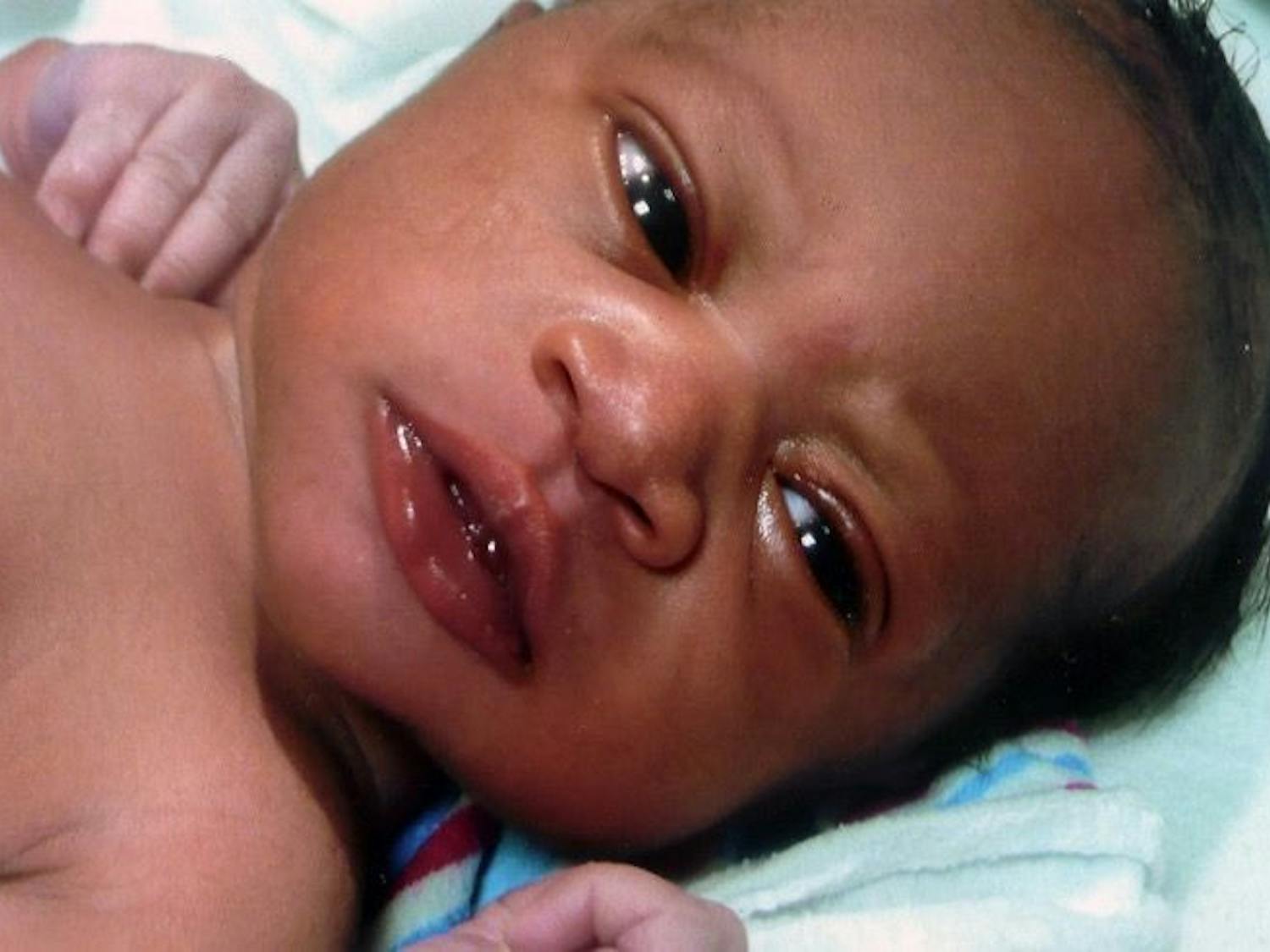Never have I felt more like a kid than at last Saturday's Radio Disney promotional screening for Pixar's latest film "WALL-E." I felt just like I did when I first saw "E.T." when I was 5 years old.
The story's simple structure makes it instantly appealing.
Humans evacuate Earth in a spaceship because they left so much garbage behind that plants could no longer grow. They leave robots behind to clean up the mess. The robots, called WALL-Es (Waste Allocation Load Lifter Earth-Class), compact all the garbage and pile them neatly into skyscraper-size buildings.
The movie starts 700-years after humans abandoned the planet. All of the robots stopped working, except for one, our hero WALL-E.
Over the course of all those years, WALL-E learned how to take care of himself. He knew which computer chips to replace on his body and kept working, using his frame to compact garbage and pile the cubes up day after day for 700 years. Not only was he self-sufficient, but he developed a personality as well.
When we first meet WALL-E, he seems to be in his childhood years of development. He doesn't want to harm anything, not even a cockroach. When he isn't working, he's busy playing with fire extinguishers and undergarments.
The humans send a robot, EVE, to find out if Earth has any plant life. When she arrives, WALL-E is instantly smitten and after a courtship of sorts, they eventually travel back to the spaceship. On board we find that humans have become so dependent on computers and robots that they are now obese and somewhat mindless creatures.
There is a concern that the lack of dialogue in the film will alienate audiences, but don't worry; "WALL-E" uses the "less is more" approach to great effect. I was never confused or bored by this method. Also, if you have a vague recollection of your childhood, you'll have no problem feeling a kinship with WALL-E.
And that was the major appeal of "E.T." While the alien learns all about life for the first time, so is the film's intended audience.
Forget the fact that the robot looks like the offspring of E.T. and Johnny Number Five from 1986's "Short Circuit" (also about a childlike robot). WALL-E may borrow thematic elements and overall design structure from both films, but it does for the new millennium what those two films did for the eighties. It appeals to an adult's inner child while relating directly to children.
However, the one major difference between "WALL-E" and "E.T." is the disturbing dystopia it portrays of the future.
Humans evict themselves from Earth because of all the waste they leave. They become so reliant on machines doing their work for them that they become obese and lazy. They can't even bring themselves to talk to one another without using a digital device.
WALL-E is a gigantic leap forward in animated film. It takes this realistically horrifying view at a very possible future and makes it relatable to everyone of all ages without slamming you over the head with a message.
When the film ended, I paid close attention to the children. Every one of them had a smile plastered across their face. Also, I overheard adults saying things like, "Maybe we should start recycling."
Pixar has achieved a great feat - they made a socially relevant film that makes being a child something you wish you had cherished more when you were that age.



